In the Ebola hot zone
For years, Patrick Moonan has pursued tuberculosis outbreaks across the world, from urban neighborhoods in the United States to remote villages in southern Africa.
In September 2014, the senior epidemiologist at the Centers for Disease Control and Prevention took on a new adversary — the Ebola virus.
Though he had never worked in Ebola hot zones before, Dr. Moonan, a UNT Health Science Center graduate, was deployed to West Africa at the peak of the Ebola outbreak that would kill more than 10,000 there. His assignment was to serve as the CDC’s main team lead in Bong County in central Liberia.
“I am well trained and have a lot of experience working overseas and in dangerous public health settings – often traveling up to 10 days per month,” Dr. Moonan said. “But my family and I were apprehensive because the scale of the Ebola outbreak might make it difficult for me to get back home quickly.
“I promised my family I would be home for Christmas.”
The sick and dying
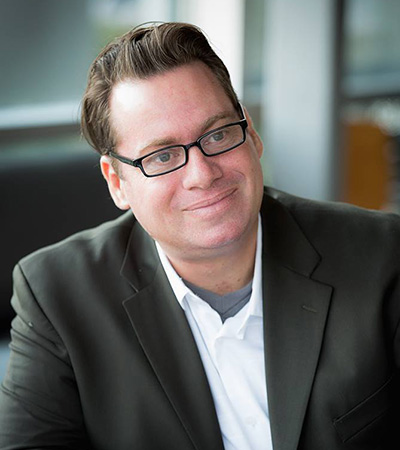
The training that prepared Dr. Moonan for this moment began 16 years ago in Fort Worth. He worked at Tarrant County Public Health as a tuberculosis contact investigator and earned a Master of Public Health from UNTHSC in 2002. He earned his Doctor in Public Health from the school in 2005 and immediately was hired by the CDC.
He is one of 1,114 Health Science Center School of Public Health graduates working to prevent disease in Texas, the U.S. or around the world.
In Africa, the conditions proved challenging. Even the more populated areas of Bong turned out to be small villages in the bush. As the CDC team lead, Dr. Moonan responded to the homes and neighborhoods of people who had gone to medical clinics and were believed to have Ebola.
Frequently, he arrived at patients’ homes and found the patient’s family members already ill and transmitting the virus to other relatives. With few other options for isolation, infected people were quarantined in a nearby former leper colony.
“It was very emotional,” Dr. Moonan said. “I’d see sick and dying children and try and stay grounded by checking in back home to see how many goals my son or daughter scored in their soccer games.”
Working with local health workers and health ministers, Dr. Moonan helped find people exposed to the virus, monitored them daily for any signs of symptoms and helped those who were sick get medical help immediately.
Before he left for Liberia, Dr. Moonan had spent a week in training on how to safely “don and duff” a Tyvek protective suit that protects against transmissions. But because he worked in a support role and not a clinical one — he didn’t draw blood, for example — he never wore one.
“Sometimes, we were hiking five hours to get to a village, crossing streams and shin-deep mud, so it just wasn’t practical,” Dr. Moonan said. “Also, some people there had never seen an American before, and I would have arrived looking like I was from outer space.”
He wasn’t afraid. Dr. Moonan has plenty of experience around deadly diseases.
At the CDC, he led a team to rapidly identify tuberculosis outbreaks throughout the U.S. using molecular surveillance. As TB cases in the U.S. fell to less than 10,000 a year, he transferred to the CDC’s international TB research and programs branch, where his expertise could have bigger impact, such as assisting India with its first national survey of drug-resistance tuberculosis. In that role, he interacts with people sick with multidrug resistant TB that’s just as dangerous as Ebola, if not more.
“You can get TB from someone breathing on you,” he said. “Fortunately, that’s not the case with Ebola.”
Fear and hysteria
His family, however, worried a lot. Reliable means of communication are spotty in Liberia so days would pass before Dr. Moonan could contact home.
Meanwhile, U.S. TV news was filled with terrifying stories, ominous warnings and images of people dying in the streets in Africa. Then an infected Liberian man brought Ebola to Dallas and transmitted the disease to two hospital nurses.
“My 13-year-old son Collin emailed me a lot,” Dr. Moonan said. “He saw all the media coverage and understood that his Dad was putting himself at risk. But I think it was a coming-of-age moment for him. He seemed older when I came home.”
The fear and hysteria in Dallas were interesting, he said. The U.S. has some of the best hospitals in the world, antiviral medicines and isolation rooms.
“In Liberia, I was happy just to isolate someone in an open tent,” he said. “But what came out of Dallas was that it raised awareness of the need for more resources and a very strong public health surveillance system.”
In all, Dr. Moonan estimated that he encountered 200 people with Ebola. When he flew back to the United States, a Border Control agent met him at the gate, handed him a thermometer and a cell phone, and asked him to stay home for three weeks.
He returned home on Dec. 21, just in time to spend the holidays with his family. He had kept his promise.
In August, Dr. Moonan returned to UNT Health Science Center to share his experiences with current students. He’s interested in establishing an exchange program to give UNTHSC students more international experience.
“I want to give back because the Health Science Center prepared me for this career,” Dr. Moonan said. “And it prepared me very well.”
Read more about Dr. Moonan’s experience in West Africa:
|
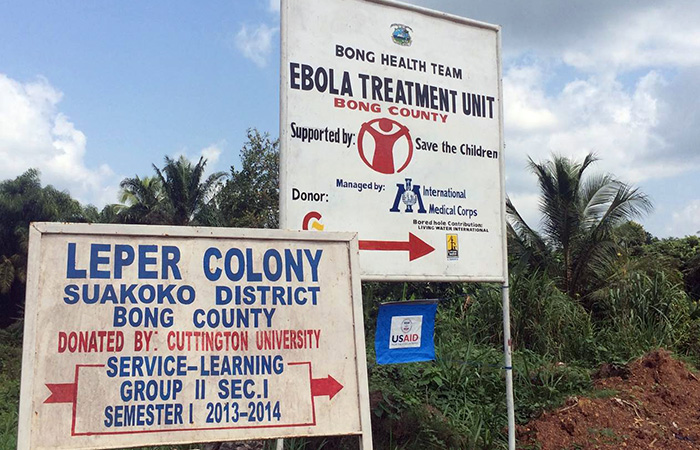
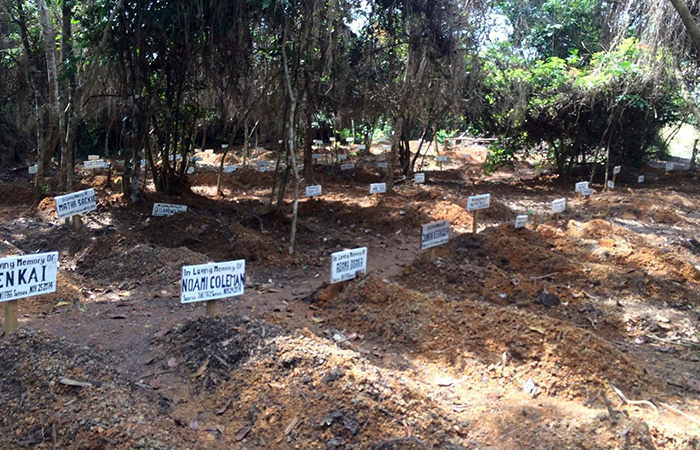
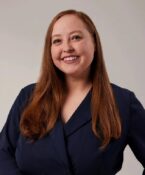

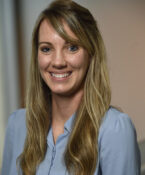

Social media